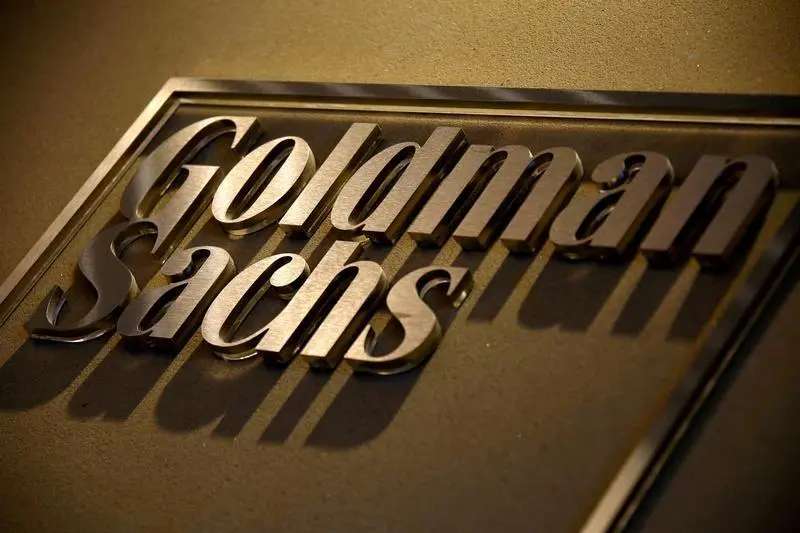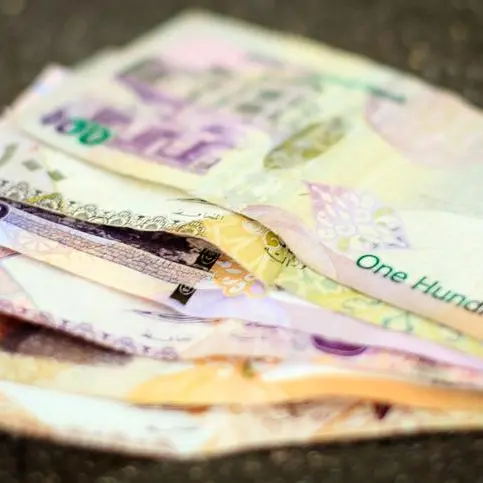PHOTO
NEW YORK - Goldman Sachs is an old company hoping to become young. Its core trading revenue shrinking, the bank run by Lloyd Blankfein has been increasingly touting what executives like to call "whitespace opportunities." These new business lines might soon become a visible part of Goldman’s worth, which the market pegs at nearly $100 billion – and could help take annual return on equity above the adjusted 10.8 percent it reported on Wednesday. Unfortunately, a love for the new is mirrored by an unhelpful attachment to the old. Take online-lending platform Marcus. Launched just over a year ago, it had made over $2 billion of loans by the end of 2017, which the bank plans to increase to $13 billion within three years. It could generate over $450 million of pre-tax profit by then, based on numbers outlined by finance chief Marty Chavez in November. After tax, that could be worth nearly $8 billion, at the 22 times forward-year price-to-earnings multiple at which listed consumer-lending companies trade, according to Eikon.
But the promise of Goldman future is soured by the ghost of Goldman past. Fixed-income trading revenue in the fourth quarter fell by 50 percent, year on year. Commodities trading has been dire. Though Goldman doesn’t break that division out, its revenue plunged by 75 percent during the year, from 2016’s $1.1 billion, Bloomberg reported on Tuesday. If true, that would put the business, once a crown jewel, at a size not that different from what Marcus could soon make on an annualized basis.
Morgan Stanley, Barclays and JPMorgan have already cut their commodities desks way back. Goldman has hung on – maybe in part because its chief executive, finance director and one of its co-presidents all come from J Aron, the commodities trading broker Goldman acquired in 1981. Having closed some money-losing positions and ousted some traders, Blankfein may hope the worst is past.
Nonetheless, Goldman should have moved faster. Poorly performing units distract from stronger areas like merger advisory and underwriting, where revenue rose 76 percent in the fourth quarter from the same period in 2016. They also obscure the value of new business lines. Blankfein's firm was the worst-performing stock among the big U.S. banks in 2017. Putting one foot forward isn't so useful when the other is stuck in the past.
CONTEXT NEWS
- Goldman Sachs on Jan. 17 reported a fourth-quarter loss attributable to shareholders of $2.1 billion. That included a $4.4 billion expense related to December’s U.S. tax cuts. Goldman warned in late December that the changes would require a roughly $5 billion charge.
- Excluding the tax loss, Goldman made $2.3 billion in the final three months of 2017. At $5.68 a share, earnings beat the consensus estimate of sell-side analysts of $4.91 a share.
(Editing by Antony Currie and Martin Langfield)
© Reuters News 2018
But the promise of Goldman future is soured by the ghost of Goldman past. Fixed-income trading revenue in the fourth quarter fell by 50 percent, year on year. Commodities trading has been dire. Though Goldman doesn’t break that division out, its revenue plunged by 75 percent during the year, from 2016’s $1.1 billion, Bloomberg reported on Tuesday. If true, that would put the business, once a crown jewel, at a size not that different from what Marcus could soon make on an annualized basis.
Morgan Stanley, Barclays and JPMorgan have already cut their commodities desks way back. Goldman has hung on – maybe in part because its chief executive, finance director and one of its co-presidents all come from J Aron, the commodities trading broker Goldman acquired in 1981. Having closed some money-losing positions and ousted some traders, Blankfein may hope the worst is past.
Nonetheless, Goldman should have moved faster. Poorly performing units distract from stronger areas like merger advisory and underwriting, where revenue rose 76 percent in the fourth quarter from the same period in 2016. They also obscure the value of new business lines. Blankfein's firm was the worst-performing stock among the big U.S. banks in 2017. Putting one foot forward isn't so useful when the other is stuck in the past.
CONTEXT NEWS
- Goldman Sachs on Jan. 17 reported a fourth-quarter loss attributable to shareholders of $2.1 billion. That included a $4.4 billion expense related to December’s U.S. tax cuts. Goldman warned in late December that the changes would require a roughly $5 billion charge.
- Excluding the tax loss, Goldman made $2.3 billion in the final three months of 2017. At $5.68 a share, earnings beat the consensus estimate of sell-side analysts of $4.91 a share.
(Editing by Antony Currie and Martin Langfield)
© Reuters News 2018












